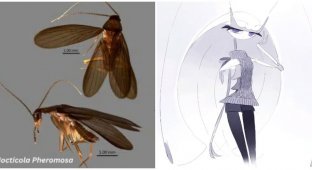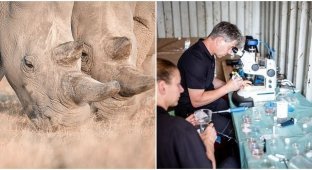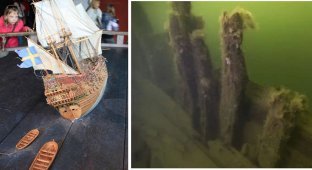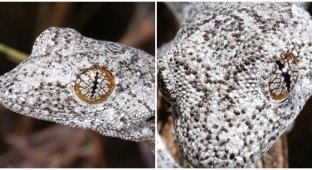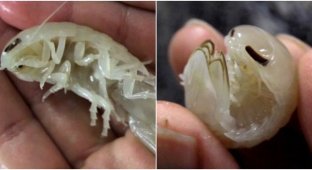Scientists have found an aggressive bacterium the size of a beetle in the forest (8 photos)
Scientists have found a strange organism in the mangrove forests of Guadeloupe. 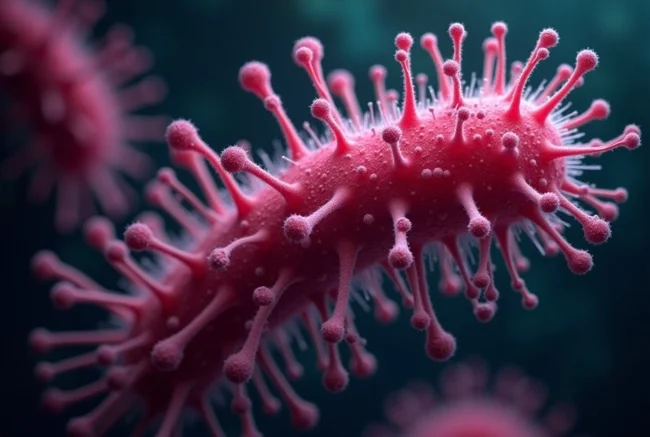
It looked like a living thread. It can be seen with the naked eye. And only later, having studied the structure in detail, scientists realized that it was a bacterium. 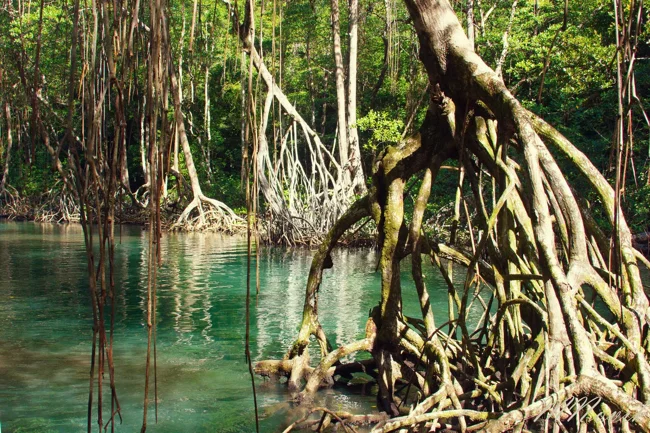
A mangrove forest, saturated with water and hot. The perfect place for unique and strange organisms
Scientists have nicknamed the new bacteria the Godzilla of the microworld. And not only for its large size, but also for its aggression (more on that later). 
Most of these bacteria reach one centimeter in length. But some giants grow up to 2 centimeters in length! And this is already the size of a May beetle. 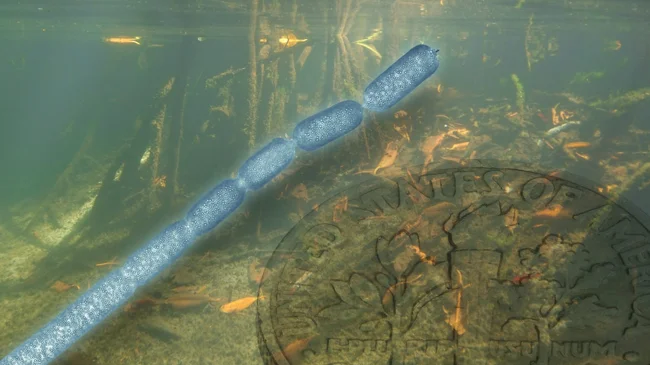
Scientists compare bacteria to a pearl necklace
It turns out that bacteria are uniquely structured. To better understand this, I will devote a couple of lines of information from the school biology program.
All living cells are divided into two types: eukaryotes and prokaryotes.
Eukaryotes are cells with nuclei. For example, our large organism consists of them. We have 30 trillion living cells and they all have nuclei in which DNA is stored. These are the cells that assemble into multicellular organisms. 
Eukaryotes have a nucleus that stores DNA. We are all made up of such cells
Prokaryotes are cells without nuclei. This is how single-celled organisms, including bacteria, are structured. Life on our planet first developed from such cells. 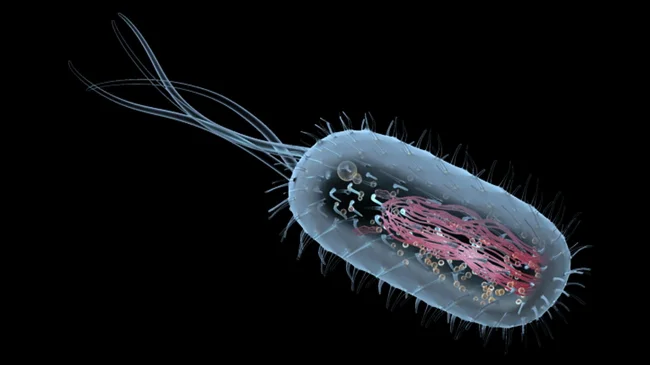
Typical prokaryote
Their DNA is stored in a ring-shaped form without a special membrane. They are usually smaller than eukaryotes. There are actually a lot of prokaryotes, although we don’t see them. For example, in the ocean they make up to 90% of the total living mass.
The giant bacterium is distinguished not only by its supermassive dimensions. It was also unusually structured. The bacterial cell is divided into two separate sacs. DNA and ribosomes (that is, organelles, the main components of cells) are located in one sac. The second sac is filled with liquid. 
This structure allowed the bacteria to grow to the size of insects.
It lives by attaching itself to fallen leaves of mangrove trees. It feeds on hydrogen sulfide.
Another surprise was the MicroGodzilla genome - it was very long.
Its genome contained about 12 million nucleotide pairs with 11,000 genes. On average, bacteria rarely have a genome that exceeds 4,000 genes.
So why did I call the bacterium aggressive in the title? It's all about the genome that scientists decoded.
It turned out that the bacterium has an abnormally high (25%) share of genes that synthesize secondary metabolites. 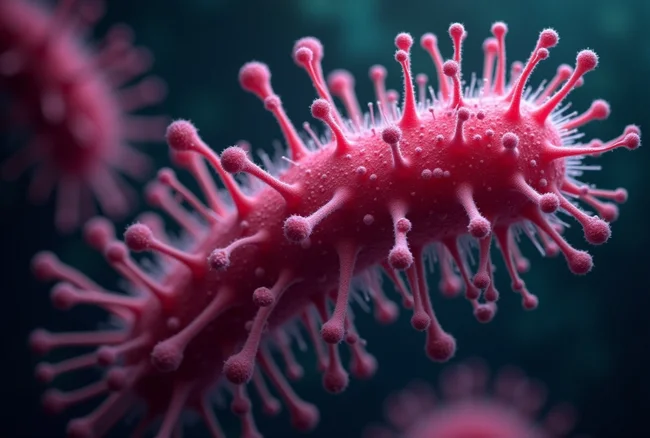
These genes are not needed for cell growth, but for adaptation to the environment. With their help, the bacterium gets rid of competitors, creating an ideal nutrient medium for itself.
Usually, large bacteria enter into symbiotic relationships. It is easier to feed themselves this way. This bacterium simply aggressively clears the area around itself of microorganisms. And it calmly rests on mangrove leaves and gorges itself on hydrogen sulfide.
Now scientists will have to change their ideas about eukaryotes and prokaryotes. Because the new giant bacterium clearly differs from all known biological norms.












